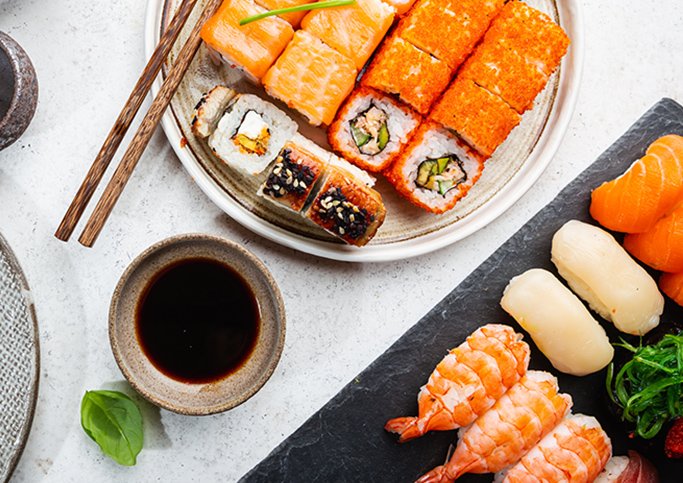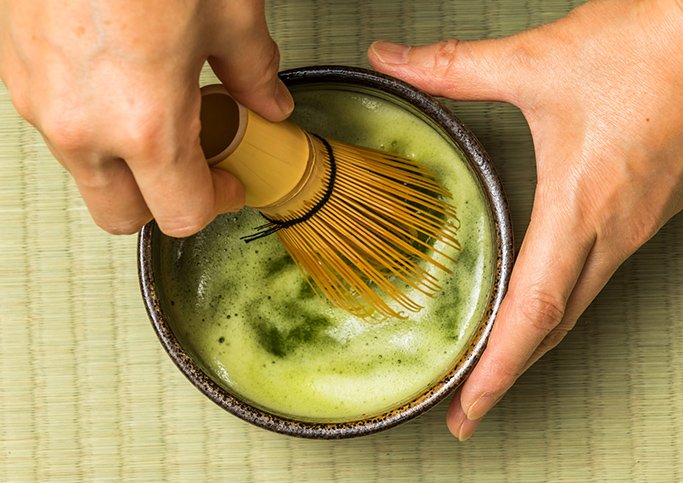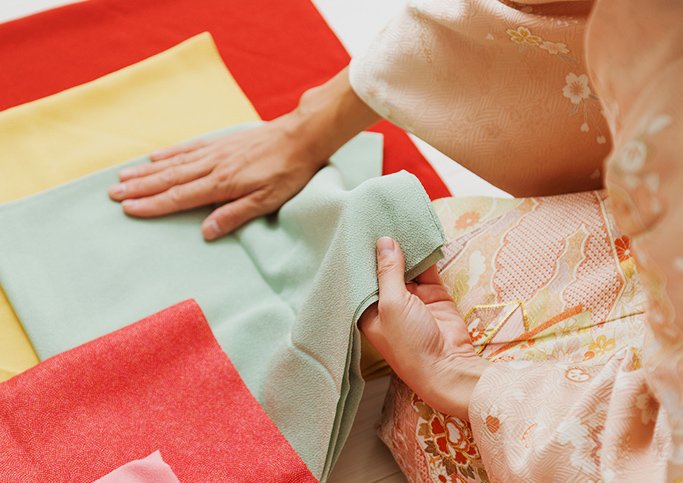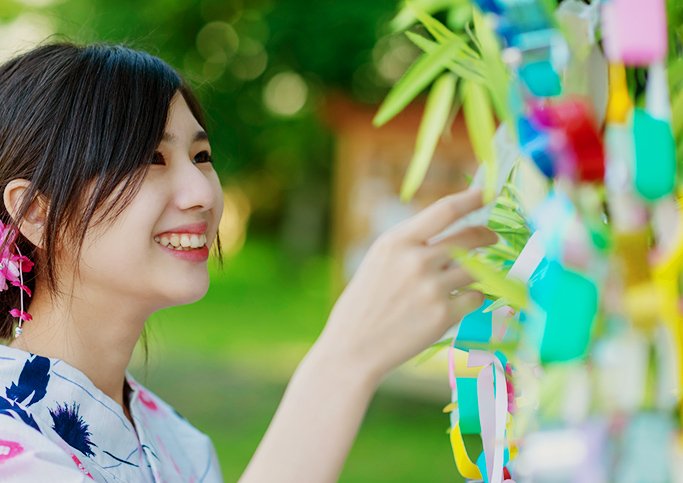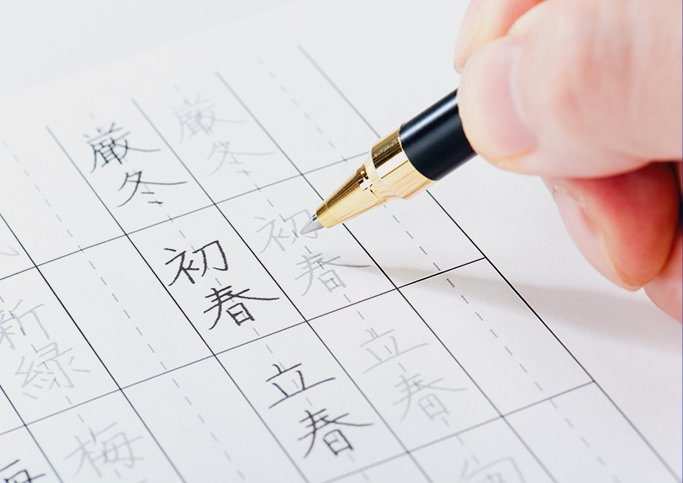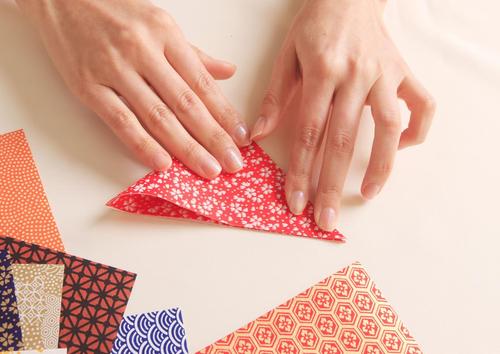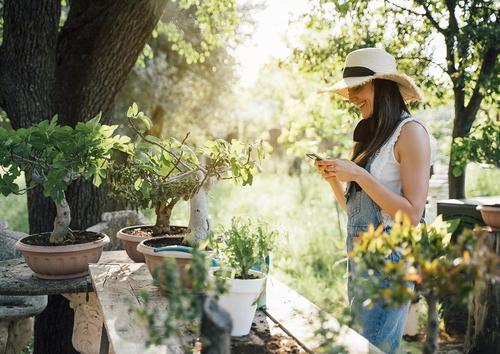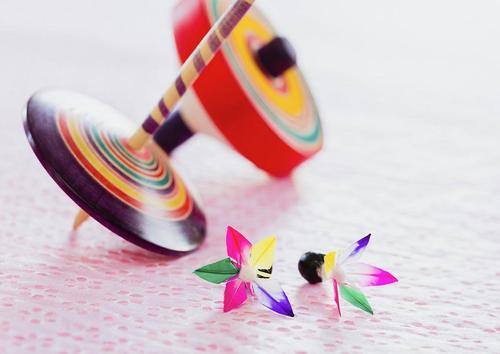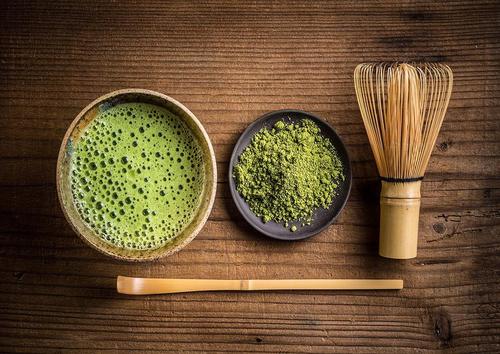
tea
A tea ceremony where you can calm down and enjoy the taste and aroma of matcha and the space of the place.
Its profound charm is attracting attention not only from Japanese but also from overseas. The secret of the popularity of the tea ceremony is that it is not just about drinking tea, but is packed with many Japanese elements such as the spirit of hospitality, the beauty of tea utensils, and traditional methods.
"But the tea ceremony seems to be difficult ..."
I think there are many people who feel that way. Therefore, in this article, we will introduce the history and manners of the tea ceremony and the spirit of hospitality that Sen no Rikyu preached.
What is the tea ceremony that is representative of Japanese culture?
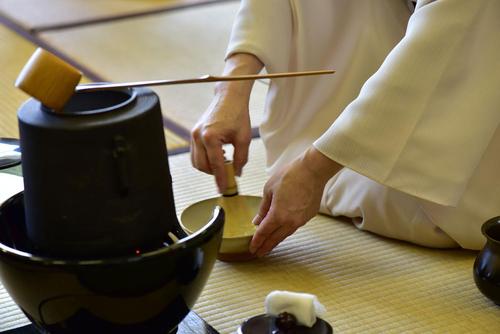
First, I will explain the outline and history of the tea ceremony.
Serving tea to guests in a traditional style
Tea ceremony is the act of making matcha in accordance with a set traditional method and acting as a guest. Put powdered matcha and hot water in a bowl and stir with a chasen made of bamboo.
Not only enjoying tea, but also having all kinds of artistic elements such as hospitality, spaces such as gardens and tea rooms, crafts such as tea utensils, kaiseki dishes and Japanese sweets, even in Japanese culture. It is especially popular.
History of tea ceremony
It is said that tea spread to Japan around the Kamakura period when a monk named Eisai brought tea back to Japan from Song in China.
During the Muromachi period, the monk Murata Juko adopted the spirit of Zen and started a small and simple tea room and a calm atmosphere of "Wabi-cha". "Sen no Rikyu", famous as a tea person, developed this into the prototype of the tea ceremony as Japanese culture as it is today.
About the manners of the tea ceremony
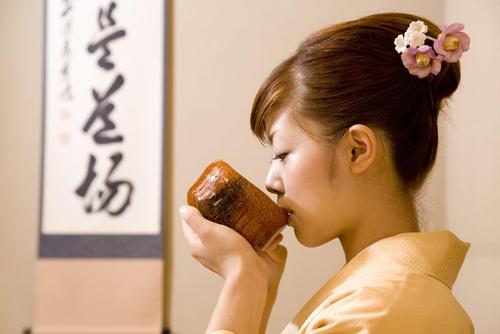
Isn't it the "method" that you feel has the highest hurdle in the tea ceremony?
Sure, there are some rules, but once you get used to the points, none of them are difficult.
Here, we will explain how to sit in the tea room, how to make and drink tea, and how to eat sweets.
How to sit in the tea room
First of all, a regular guest, who is the guest of honor, sits near the host who holds the meeting. Below, the next customer, the third customer, and finally the packing.
The regular guests interact with the host and proceed with the tea ceremony. The stuffing, which is also called the last seat, is a role to support the tea ceremony, such as cleaning up the tea utensils that have come around.
Both play important roles and require extensive tea experience and extensive knowledge. For this reason, two people, a regular customer and a stuffer, are nominated in advance by the host.
If you are not very familiar with the tea ceremony, it is safe to sit in the middle of the seat, except at the beginning and end.
[記事を読んだあなたなら、このKARUTAの意味を知っているかも?]
How to make and drink tea
・ How to make tea
As a preparation, let's sift the matcha so that it doesn't get messed up. For hot water, boil soft water and cool it to about 80 ° C.
First, put 1 to 2 g of matcha in a bowl with a chashaku, and pour 60 to 70 ㏄ of hot water with a cassotte. Hold the bowl with one hand and move the chasen well to stir.
<Glossary>
Chashaku: A tool for scooping matcha and putting it in a bowl
Cassotte: A tool for scooping hot water
Chasen: A tool for making matcha
The way to move the chasen differs depending on the school. In Urasenke, the chasen is moved by using the snap of the wrist so that a fine creamy foam is generated, whereas in Omotesenke, the chasen is moved gently so that it does not foam too much. I'm making tea.
・ How to drink tea
First, take the bowl with your right hand and place it in front of you. Then, he greets the host and picks up the bowl, saying, "I'll have it in front of you."
To avoid putting your mouth in front of the bowl with a pattern, turn the bowl twice clockwise on your left hand. Drink the tea in 3 to 4 divided doses, and at the end, make a noise and suck it up as a signal that you have finished drinking. Then wipe the mouth with your finger and wipe your finger with a pocket paper.
Finally, turn the bowl counterclockwise twice on your left hand to bring it back to the front and place it in the position where it was pulled out.
The Urasenke style was introduced this time, but there are some differences in how to drink depending on the school.
How to get tea confectionery
Tea confectionery is served before drinking tea to enhance the taste of matcha.
When the host advises you to have some sweets, bow and take one serving on your pocket paper. Then, let's say hello to the next customer, "First".
Place the tea confectionery on the palm of your hand, and cut the large ones with a toothpick or split the buns with your hands so that you can eat them before the tea is served.
Prepare a toothpick such as sashimi and black letters in advance.
Learn the spirit of tea ceremony hospitality
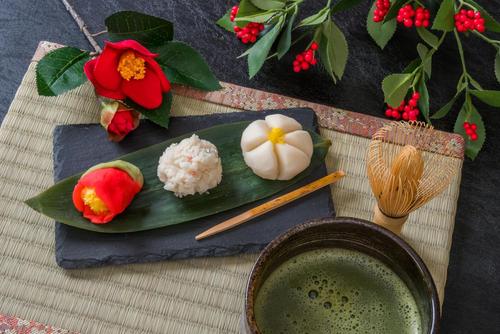
"Omotenashi" can be said to be a universal language now, but in the tea ceremony, the teachings of Sen no Rikyu, who laid the foundation for it, are strongly reflected.
The spirit of hospitality of the tea ceremony "Seven rules of Rikyu"
Here are seven teachings in the tea ceremony that Sen no Rikyu preached, which can be said to be the knowledge of hospitality.
"7 rules of Rikyu"
1. Make tea as good as your clothes (make tea considering the situation and feelings of the guests)
2. Place the charcoal in boiling water (prepare by holding down the points)
3. Cool in summer and warm in winter (hospitality uses tools and sweets to make the other person feel comfortable)
4. Ikebana is as if it were in the field (expressing the essence by utilizing the original beauty and vitality of the flower)
5. Set the time limit early (do everything in your heart without neglecting preparations)
6. Prepare for rain even if it doesn't rain (prepare for the other party so that you can respond flexibly at any time)
7. Be mindful of your guests (the owner, the guests, and the guests should respect each other and pay attention to each other)
It can be said that it is a teaching that explains the essence of the spirit of hospitality, which is to be considerate of the other person, worry about the details, and do everything possible.
[Do you care about Japan? Would you like to learn Japanese together? ]
Precautions when entertaining at the tea ceremony
"Ichi-go-ichi-kai" expresses the knowledge of the tea ceremony, "We regard the tea ceremony as a once-in-a-lifetime opportunity, do our best for hospitality, and cherish each other's moments."
As a point of hospitality, let's create a space where customers can spend comfortably by paying attention to details such as decorating seasonal flowers and creating scents with incense and aroma. If you are nervous, you will not be able to enjoy the taste of tea, so it is important to have a peaceful meeting while having a proper conversation.
The timing of serving tea is not immediately after the customer sits down, but when the customer takes a break and calms down.
It is important to give careful consideration so that you do not get impatient so that you can enjoy a relaxing time.
Also, the way to enjoy tea is not only to enjoy the aroma and taste, but also to enjoy the beauty of the bowl. Let's put out the handle of the bowl toward the front of the customer so that you can fully enjoy the bowl.
Summary
Japanese tea ceremony has continued to develop since the Muromachi period, has been inherited, and is now popular worldwide. Not only the taste of matcha, but also the spirituality of Zen, where you can taste wabi-sabi in a simple tea room, and Sen no Rikyu's "heart of hospitality that thinks about the guests and does everything" is not. Is it?
When it comes to tea ceremonies, it may be distracting at first, but it is also recommended that you first make your own tea at home and thoroughly enjoy it in your favorite bowl.
Why don't you prepare seasonal flowers and sweets and spend a relaxing time?
Mini lesson corner
Learn about Japan and Japanese!
"What is the difference between the Senchado that you can understand in 90 seconds and the tea ceremony that you have matcha?"
This article is a partial re-edit of the article published in Nihongo Biyori by KARUTA.
Unauthorized reproduction or use of the contents, text, images, illustrations, etc. of this site is strictly prohibited.
CATEGORIES
FEATURED TAGS
RECOMMENDATION
-
 報BUSINESS TERMS
報BUSINESS TERMSWhat is ”Ho-Ren-So”, one of the basic manners when working in Japan?
10/30/2020
-
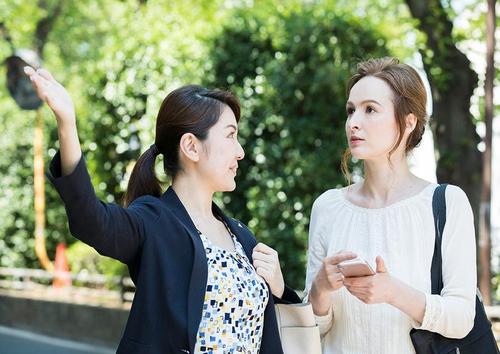 伝WORDS & GRAMMAR
伝WORDS & GRAMMARWhat is easy Japanese?
10/30/2020
-
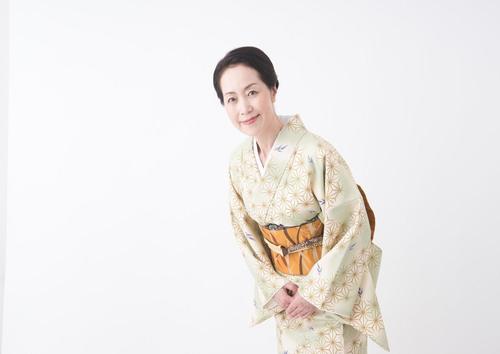 礼MANNERS
礼MANNERSJapanese greeting customs and origins. What are the greetings from other countries?
10/30/2020
-
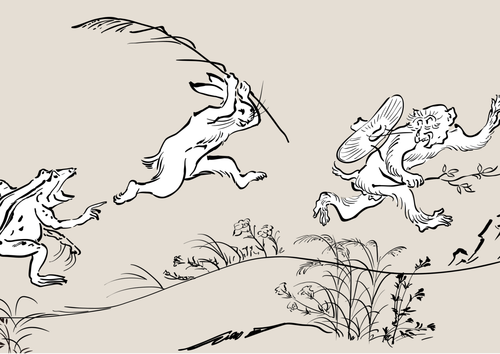 戯COMIC & GAME
戯COMIC & GAMEThe roots of animation and manga? Introducing bird and beast caricatures
10/30/2020
-
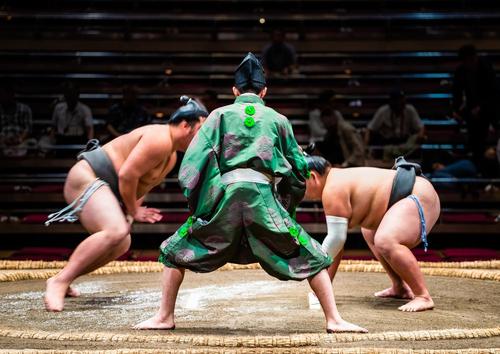 戦SPORTS
戦SPORTSThe history of sumo goes back to the mythical world! ?? Transition from myth to modern times
10/30/2020
LET’S PLAY
KARUTA!
Do you know the meaning of this...
NEXT...
FURTHER EXPLORATION
INTERESTED
IN JAPAN?
WHY DON’T YOU
LEARN JAPANESE WITH US?
START LEARNING
JAPANESE
WITH HUMAN ACADEMY!
ONE OF
THE MOST POPULAR
JAPANESE
LANGUAGE SCHOOLS
JAPANESE
LANGUAGE SCHOOL
OFFERING EXCELLENT
DETAILED LESSONS

ONLINE SCHOOL
- Learn with your classmates from all over the world
- Variety of Courses for All Needs
- FREE Trial Lesson available

TOKYO, OSAKA
- Offer the Best Curriculum for You
- Make New Japanese Learning Friends
- Many Opportunities to Practice Japanese
MAKE FURTHER
STEPS
WITH HUMAN ACADEMY!
ONE OF
THE MOST POPULAR
JAPANESE
LANGUAGE SCHOOLS
JAPANESE
LANGUAGE SCHOOL
PRODUCING MANY
JLPT N1 CERTIFIED
STUDENTS!

ONLINE SCHOOL
- Learn with your classmates from all over the world
- Variety of Courses for All Needs
- FREE Trial Lesson available

TOKYO, OSAKA
- Support Your Higher Goal of Japanese Learning
- Perfect Environment for Japanese Learners
- Learn with Your New Japanese Study Mates



